PINK FLOYD: THE WALL. Seminal 80’s Masterpiece Decrypted
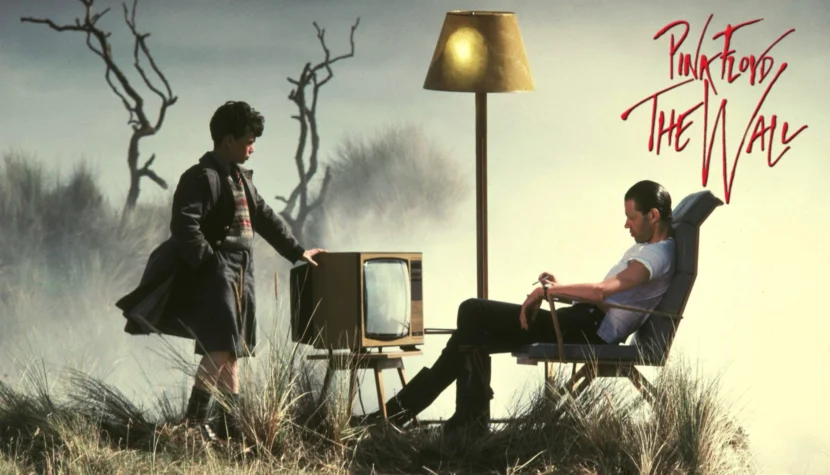
We live as we dream – alone…
Joseph Conrad – Heart of Darkness
When we grew up and went to school
We encountered some teachers who wanted
To hurt the kids in every possible way
Mocking us
For every action we took
And exposing every weakness
No matter how deeply hidden
Teachers take out their failures on their students, venting their frustration on them. This is depicted by showing them being fed into a meat grinder, being raised to obey. Their individual creativity is destroyed (a teacher ridicules Pink by reading his poem aloud).
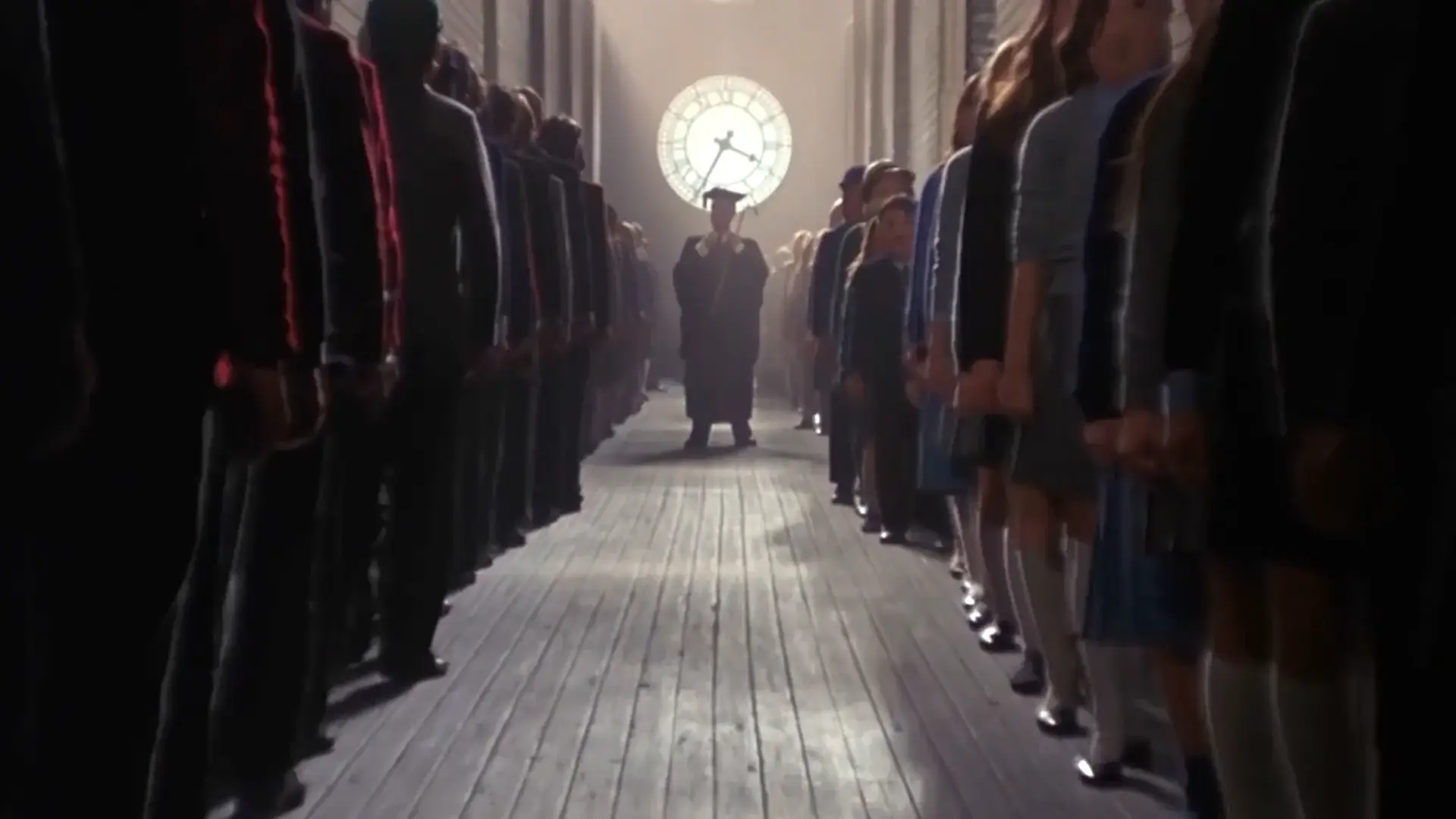
Just another brick in the wall…
Pink’s vision begins, where the world changes. Chaos ensues. Children tear off the masks placed on them at school, grab axes, destroy desks, break down the wall, and finally set everything on fire. This is the youthful rebellion that the protagonist will continue in his adult life. So far, we have seen a devastated world, a child growing up without a father who died in the war. Loneliness has always accompanied Pink. As a young man, he is already deeply immersed in it – hugging a pillow to himself…
…should I build the wall…
The protagonist has a young wife whom he ignores. He often travels, leaving her alone, crying, until she meets another man and leaves. Pink is alone again, though it is a fact that he never allowed her to get close to him. He had long built a wall around himself. Yet, he feels betrayed and abandoned. He calls his wife, asking her to return. But these remain words never spoken, for he is met with silence… Pink, however, masochistically loves his loneliness. It allows him to rise above others, shielded from the brutal world, while never ceasing to think about it. Brutally rejecting his wife, he visualizes what love is. This vision is truly terrifying.
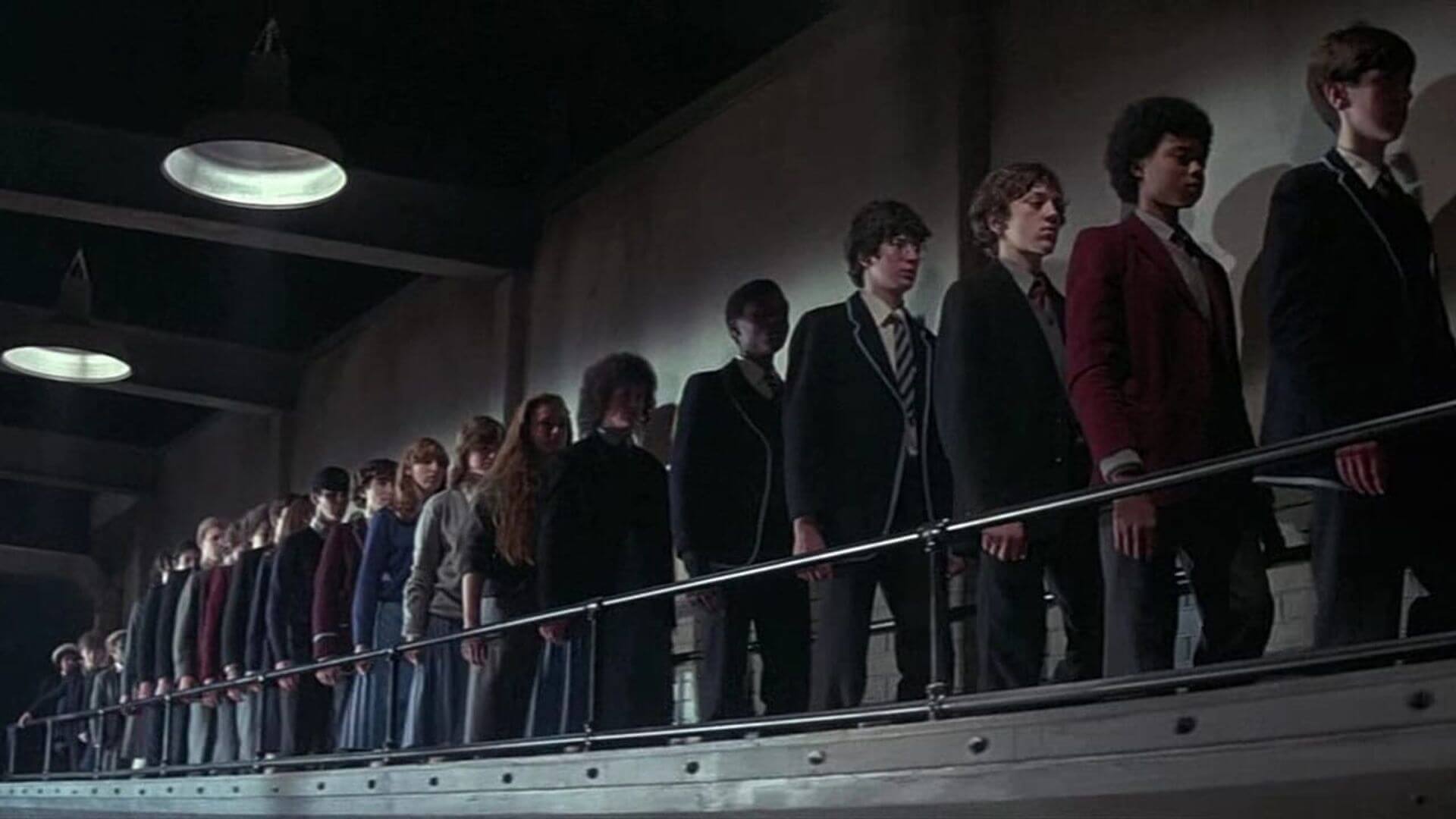
Of course, this refers to the animated scene – one of the most interesting erotic sequences in cinema history. It is illustrated with flowers intertwining. This loving embrace ends with the partners biting each other to death. In the final showdown, the man is devoured by the woman. Is this why the protagonist prefers to keep his wife at a distance? She can be part of his life, a toy, but not a person who could hurt him. These terrifying visions of Pink introduce us to the world we left behind with Goodbye Blue Sky. The devastated earth regenerates, civilization arises, and the world changes…
What shall we use to fill the empty
Spaces where we used to talk
How shall I fill the final places
How shall I complete the wall
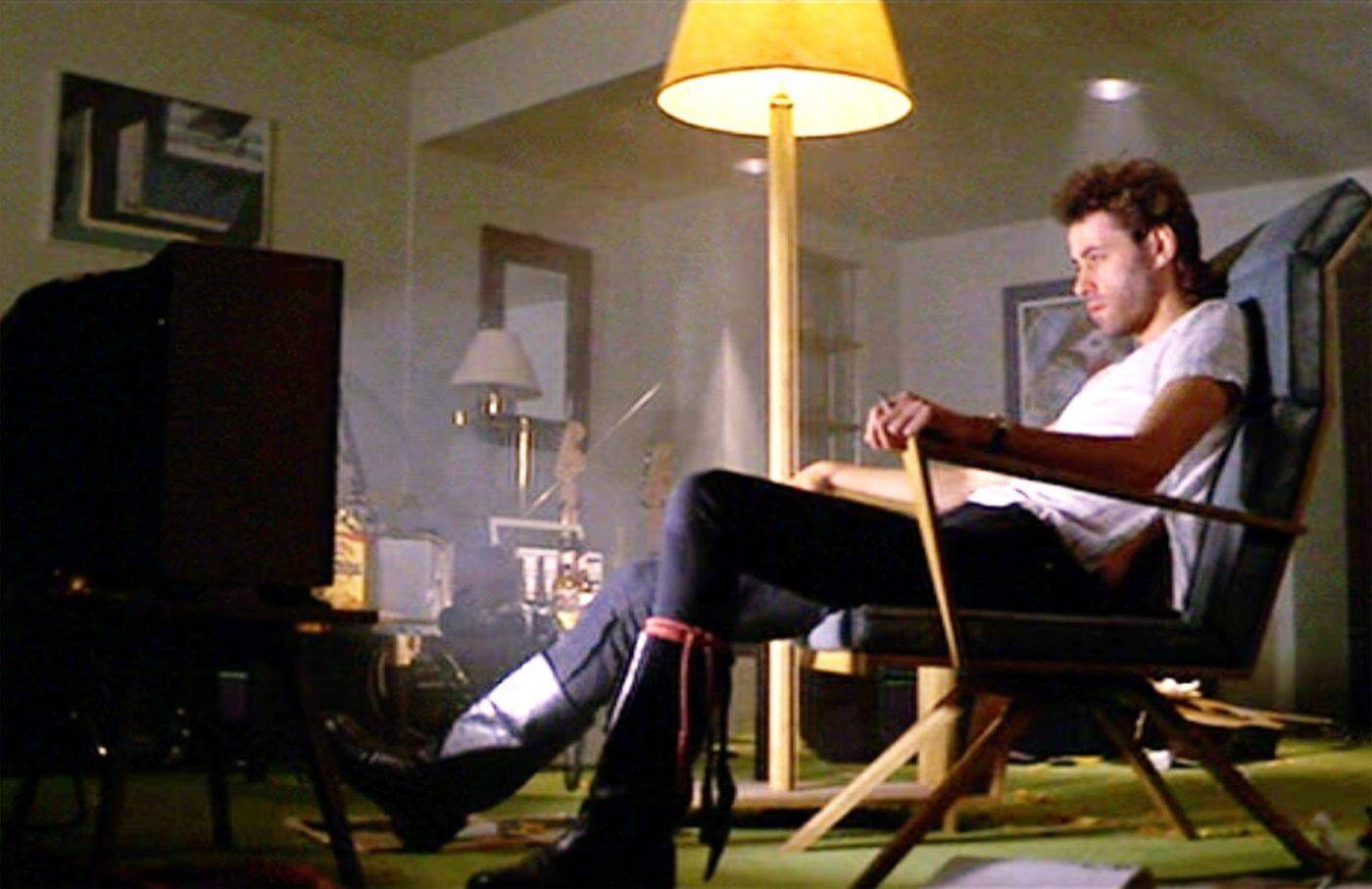
The earth is surrounded by a wall, which cannot be breached. Material things become the filling. These are what people start to desire and collect, among them Pink vanishes. The primary obsession becomes television. It accompanies him from childhood, he stares at it mindlessly, often with resentment. What causes this hatred? Possibly the fact that the images show people who are not lonely. There is a couple from King Solomon’s Mines, a dog wagging its tail running to its owner. There is war, violence in cartoons. Sometimes I wonder if what we see is actually Pink’s life, or if he has built it from snippets seen on TV. Could his perception of women be determined by the character of Cora Smith, who also appears on the screen (The Postman Always Rings Twice).
A beautiful woman, capable of making others fall in love with her, intelligent, but ruthless, capable of destroying her partner. Is the flower sequence not an exaggerated and less subtle analogy to the situation in The Postman Always Rings Twice? Are all of Pink’s demons rooted in the world, events, and characters depicted on television? But let’s leave this thread for now. The protagonist remains immersed in his loneliness, rejecting what he had, though he did so long ago by hurting his loved ones…
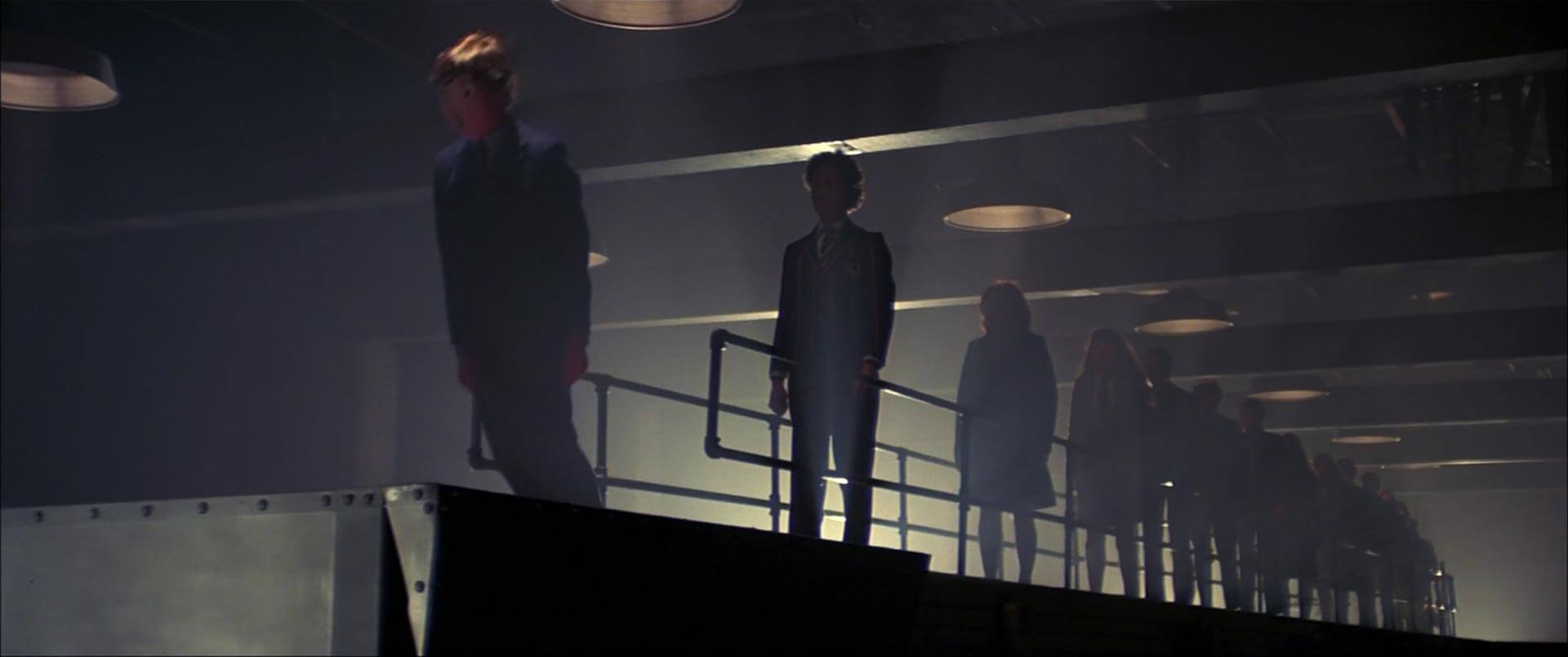
I don’t need arms around me
I don’t need drugs to calm me
Don’t think I need anything at all
All in all, it was all just bricks in the wall
All in all, you were all just bricks in the wall
And who is he? Why shouldn’t he become another brick, shaped by everything around him? What sets him apart is his inability to cope with loneliness. It is not solely his choice. It is imposed on him in such a way that no one can break through his mask. It would require effort and pain, and others are not ready for such a sacrifice. However, he does not want to live in such a world either. Man is a social animal, so he is ready to adapt (to adapt, or perhaps this adaptation is what scares him the most, but more on that later)…
Goodbye cruel world
I’m leaving you today
(…)
Goodbye all you people
There’s nothing you can say
To make me change my
Mind
Goodbye.
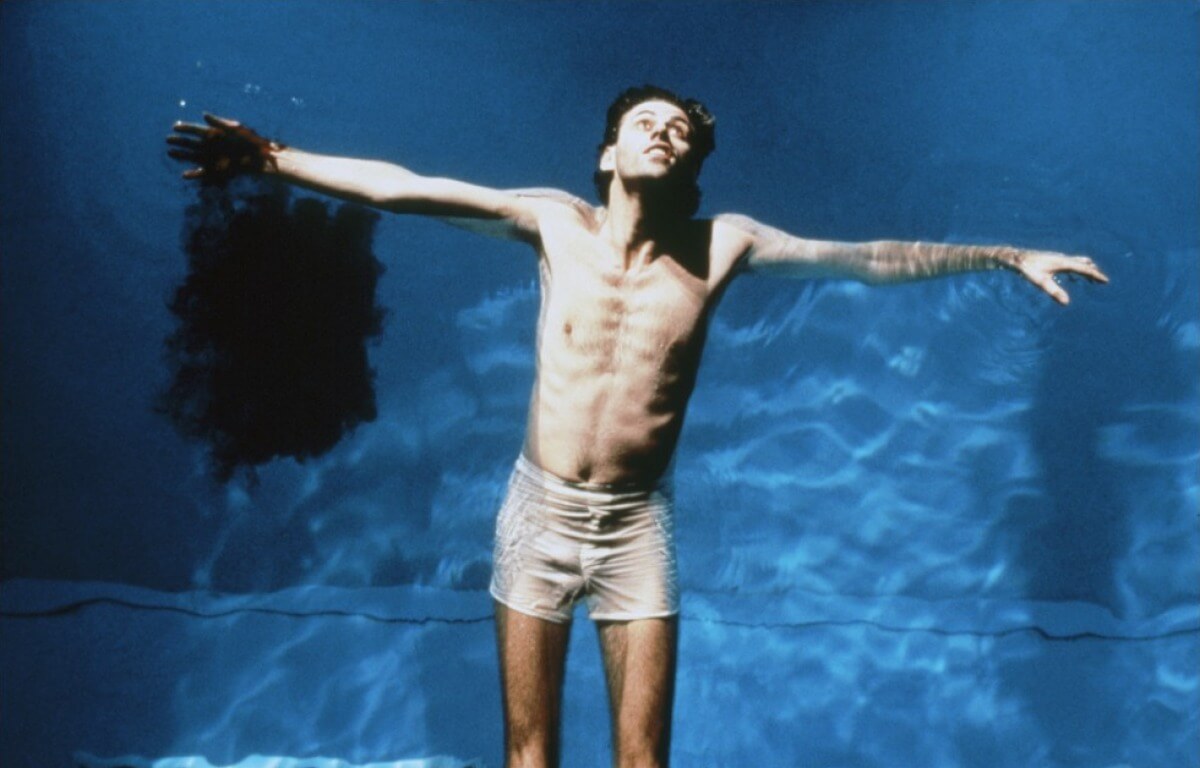
No one will stop him from changing his mind, because it seems few remember his existence. He makes one last attempt – an extraordinary scene follows, where he scratches the bricks with bloodied fingers, wanting to jump over the wall… or fit into it… Maybe even do more – build a more powerful one – a wall of hatred, where only he matters.
So it happens. We return to the moment we met him. Confident, upright, in uniform. An army of followers marches behind him. In the spotlight, he lifts a child, smiling… isn’t this a known tactic and one of the typical practices of 20th-century tyrants? Since we are at this point, it is worth returning to the form of the image itself and asking if Pink’s story is true. Did everything we see actually happen? His memories blend with hallucinations, and reality intertwines with imagination. It is hard to separate truth from fiction. Perhaps it is simply “here and now,” that is, sitting in a chair, staring at the TV, building his world based on what he saw there. In one moment, as a small child, he walks through trenches, covering a dead soldier, only to be at the head of a gang attacking people of different skin color or raping a girl in a car in the next. Did he actually become the leader of such an organization? The form of this group is styled after a neo-Nazi movement, here is also a reflection on the popularity of rock stars. After all, Pink is a star. The comparison is brutal – but the fact remains that the role of an idol is based on the same principles. Thousands of thoughtless eyes staring at him during a concert/rally, people ready to do anything in the name of their idol. Aren’t they what he wants them to be? He can teach them hatred, applause when he shouts:
If I had my way, I’d have all of you shot…
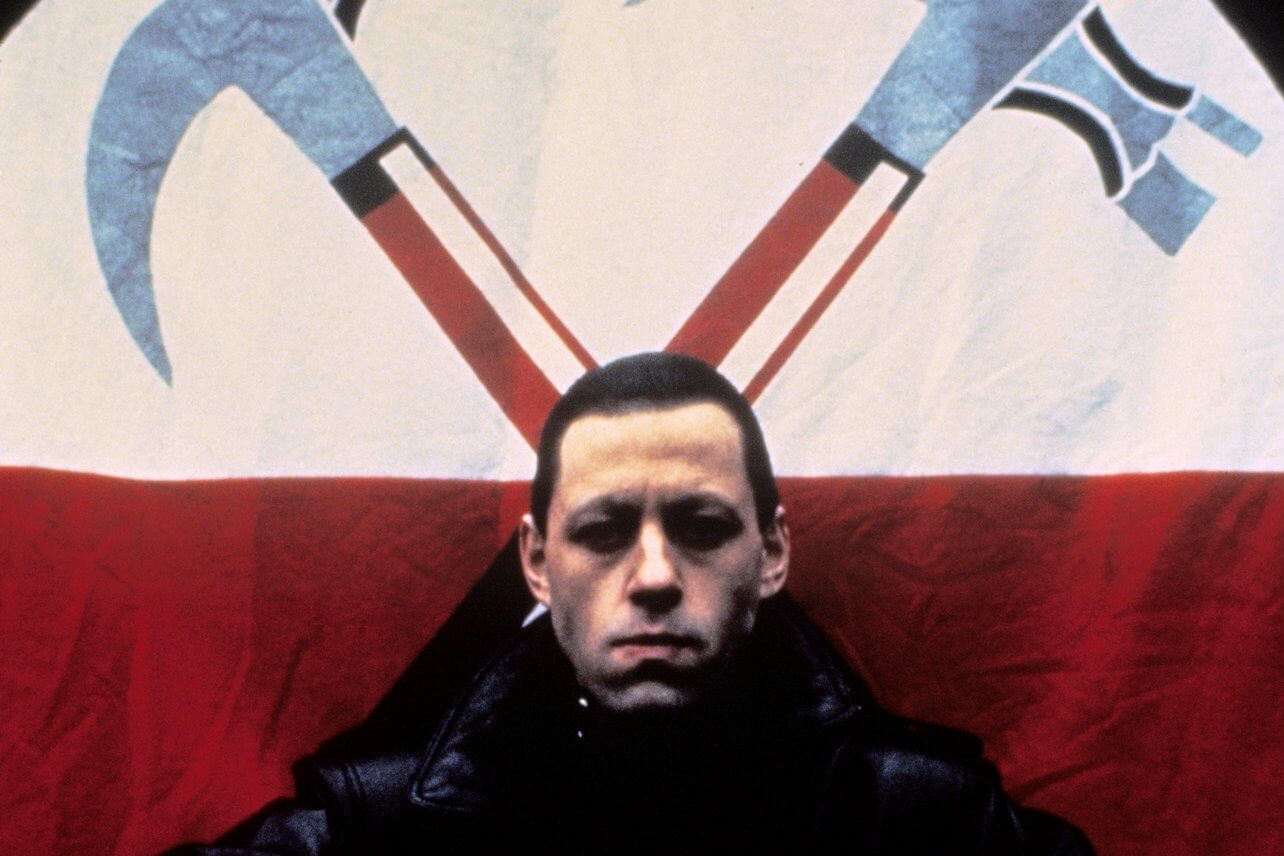
He gives them the show they came to see – easy emotions, not the desire to see who the person singing to them really is, but to accept the creation he proposes. To truly know him, they would have to break through the mask he wears. But that won’t happen because
Better put on your face
Your favorite disguise
With your button-down lips
And your empty round eyes
With your empty smile
And your hungry heart…
This is the only advice he can give his fans. They are weak, they are what he hates, and at the same time, they are just like him, shaped by television, school, by their idols. They are the masses, another brick in the wall. However… it is also the wall that isolates him from the outside world, when it is torn down, there is no more protection… thus the ultimate punishment – the destruction of the wall…
…my friend, you have revealed to us
Your deepest fear.
I sentence you to be exposed before
Your peers.
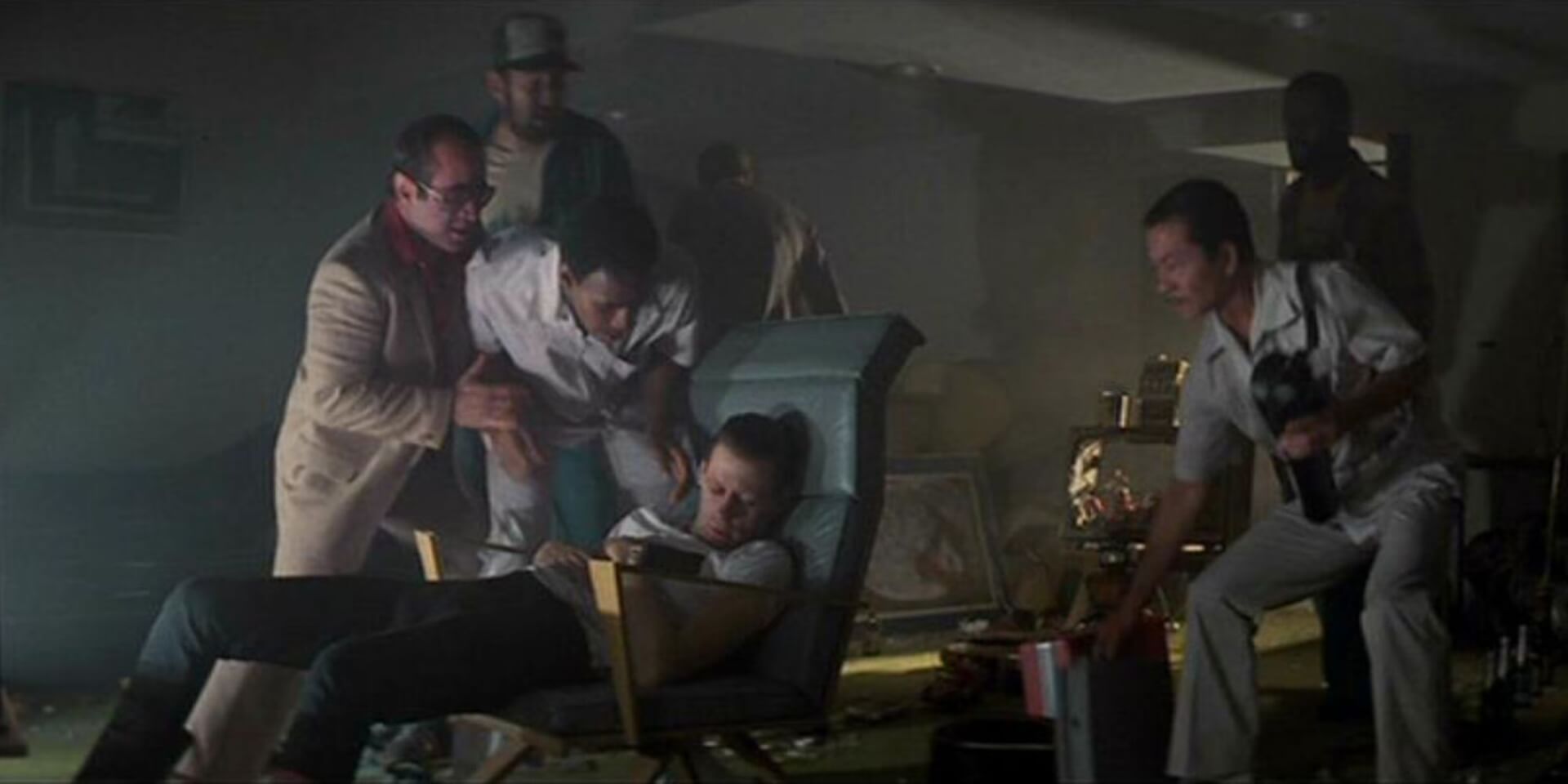
So? Is this really happening, or are these Pink’s nightmares, possible to realize when the wall is destroyed? In the film, there is a scene where little Pink meets himself a few years later. This other Pink is sitting huddled against the wall, with madness in his eyes. Isn’t this what is really happening? Maybe our protagonist is in a hospital, spinning insane visions where real events mix with delusions? If this is indeed the case, then knowing what the patient fears is a medical diagnosis. It is also possible that the understanding does not occur, and this is another manifestation of madness and fear – Pink believes that if he reveals his fears to the doctors, they will discharge him from the hospital, heal him, throw him outside the walls – and there awaits the world he wants to escape from…
Whichever version we accept, it does not change the message of the image, which is a study of alienation, showing how loneliness can turn into hatred and how inflicting pain can soothe fear. It is extremely easy to delve into this image, to feel empathy, and understand.
I understand you’re not feeling well,
But I can ease your pain
And get you on your feet again.
Relax,
I need some information first,
Just the basic facts.
Can you show me where it hurts?
But does Pink really want to get rid of his pain and loneliness?
There is no pain you are receding.
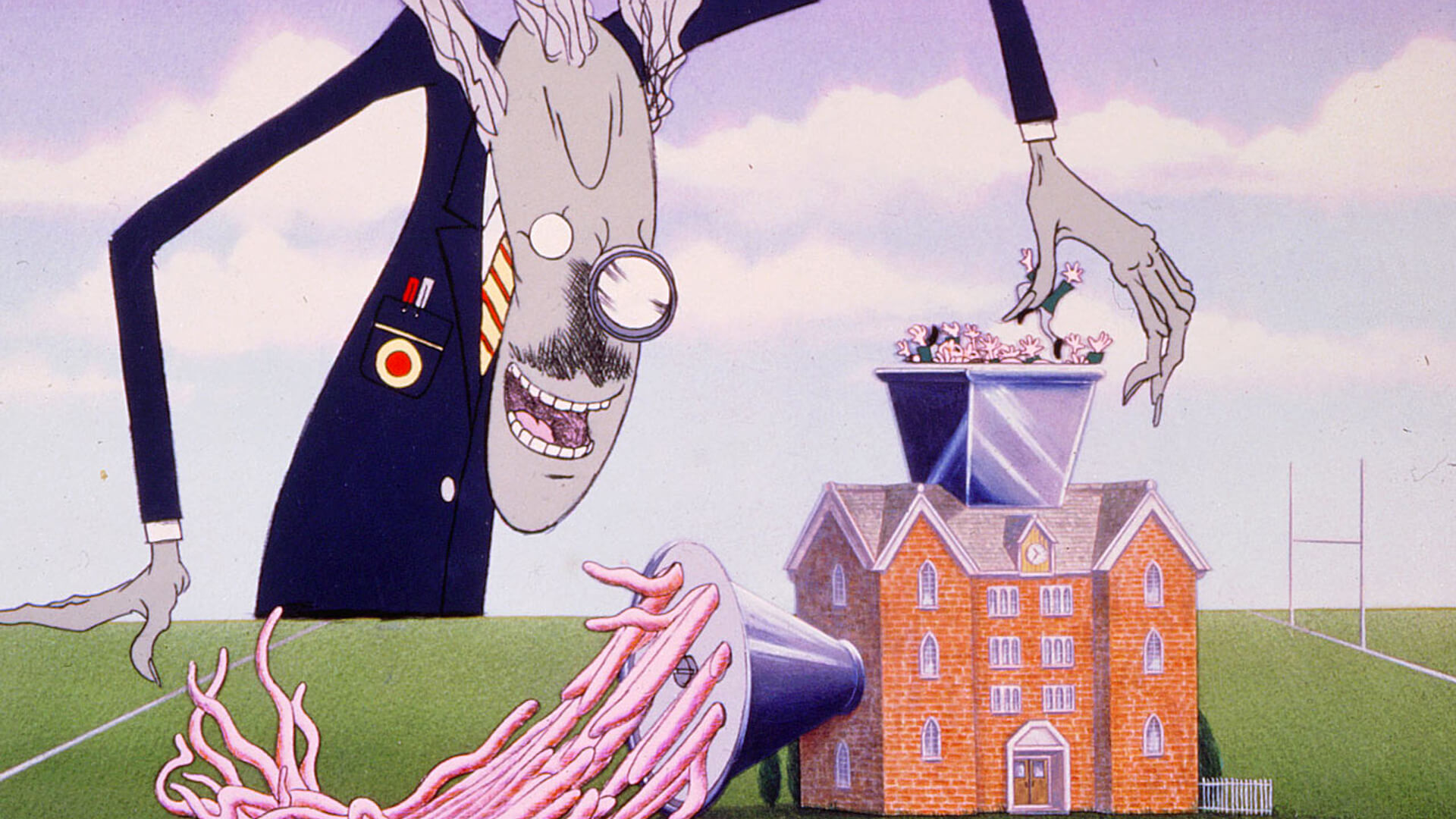
Loneliness forms a barrier that others cannot penetrate. This is why the destruction of the wall is such a brutal punishment! Therefore, I also find it possible that the story we are learning is largely the delusions of a man who fears the world. He fears what he might become if he enters this place full of hatred, the world of other people. It is possible that his childhood memories are also largely shaped by films. The images he continuously absorbs like a sponge replace his past and future; the facts of his life are so intertwined with those from television that they cannot be separated. He himself is no longer able to do so… The best summary of it all is the feeling that remains after watching the film, but…
I can’t explain, you would not understand
(…)
This is not how I am
I have become comfortably numb…
Words: Iwona Kusion

